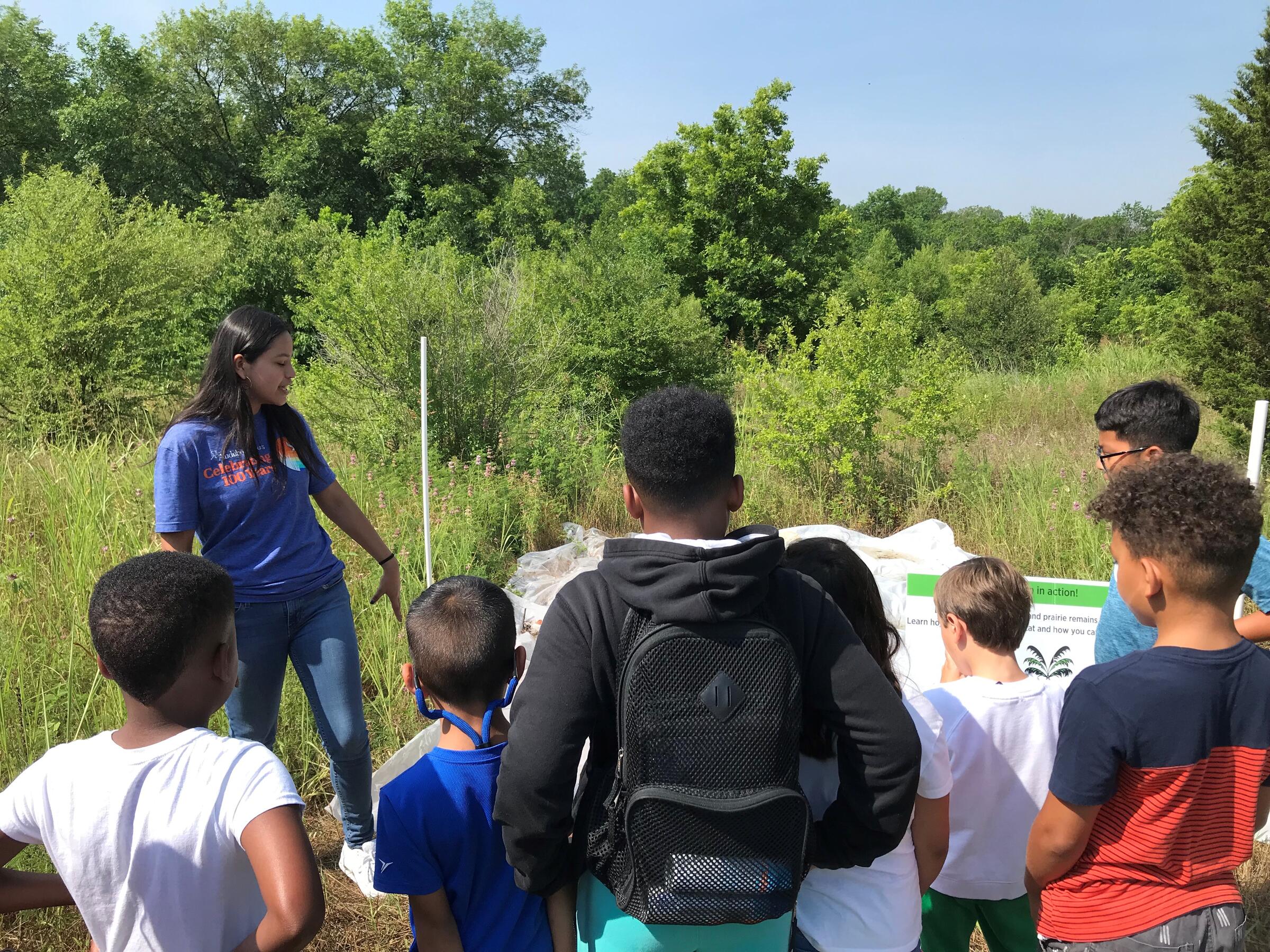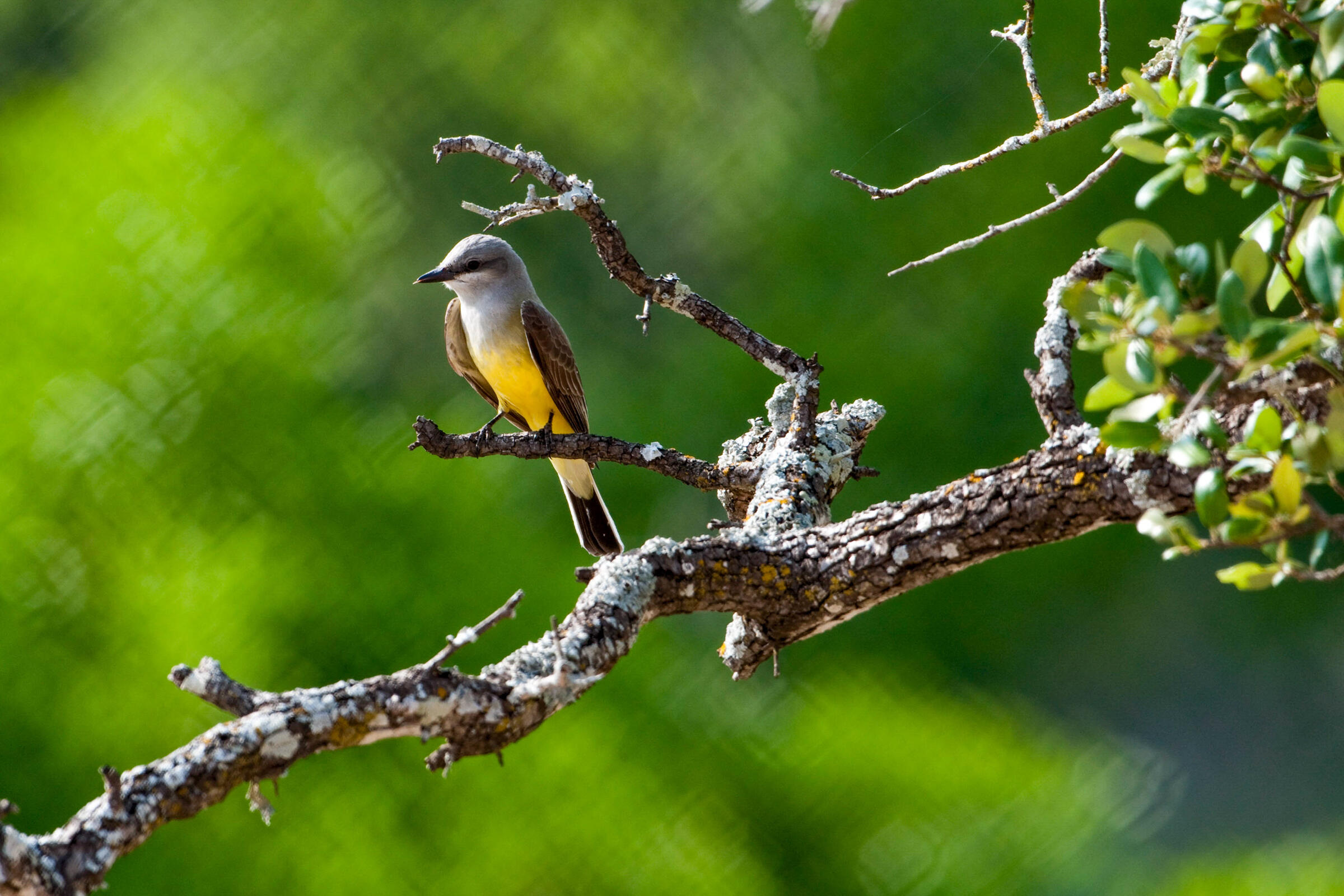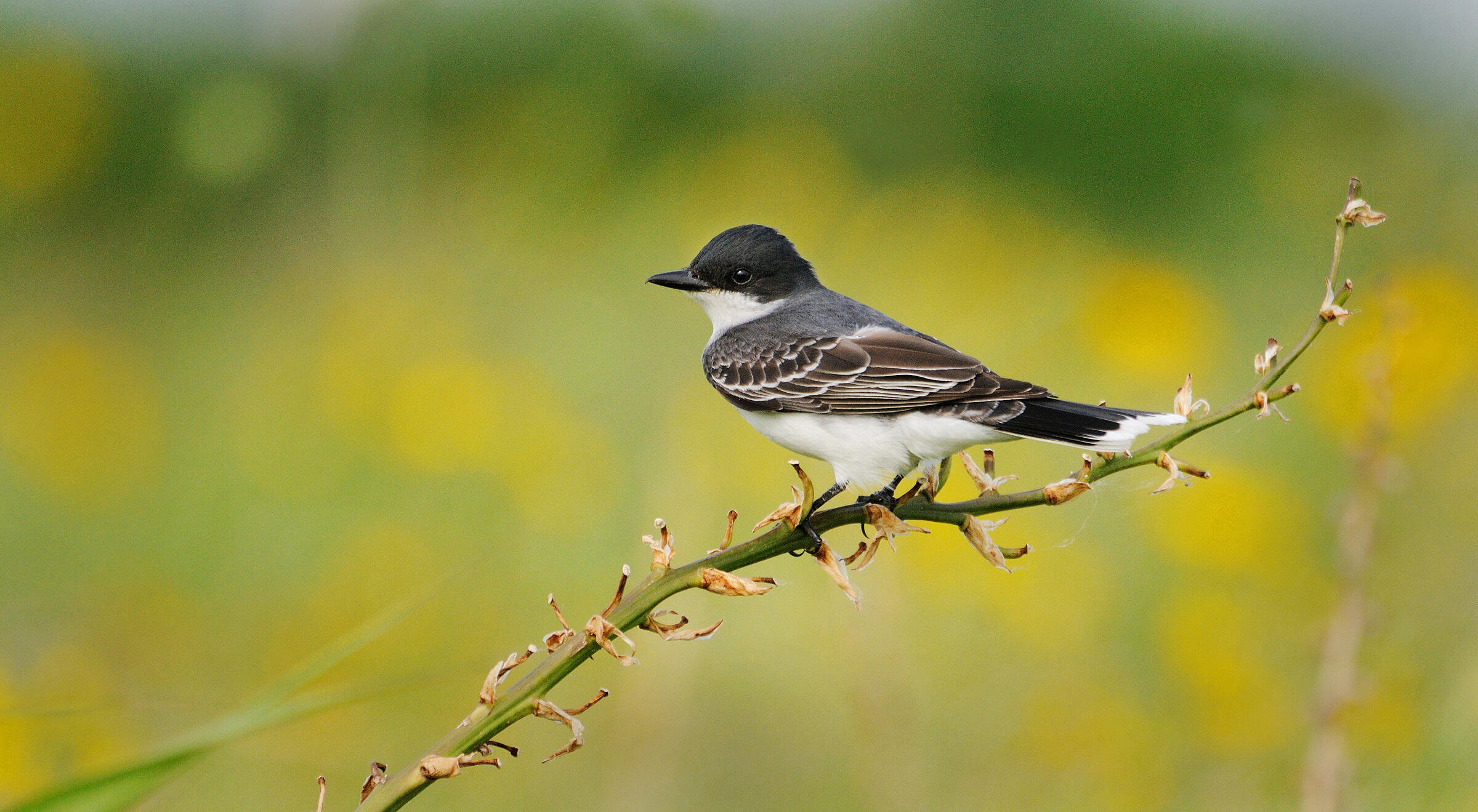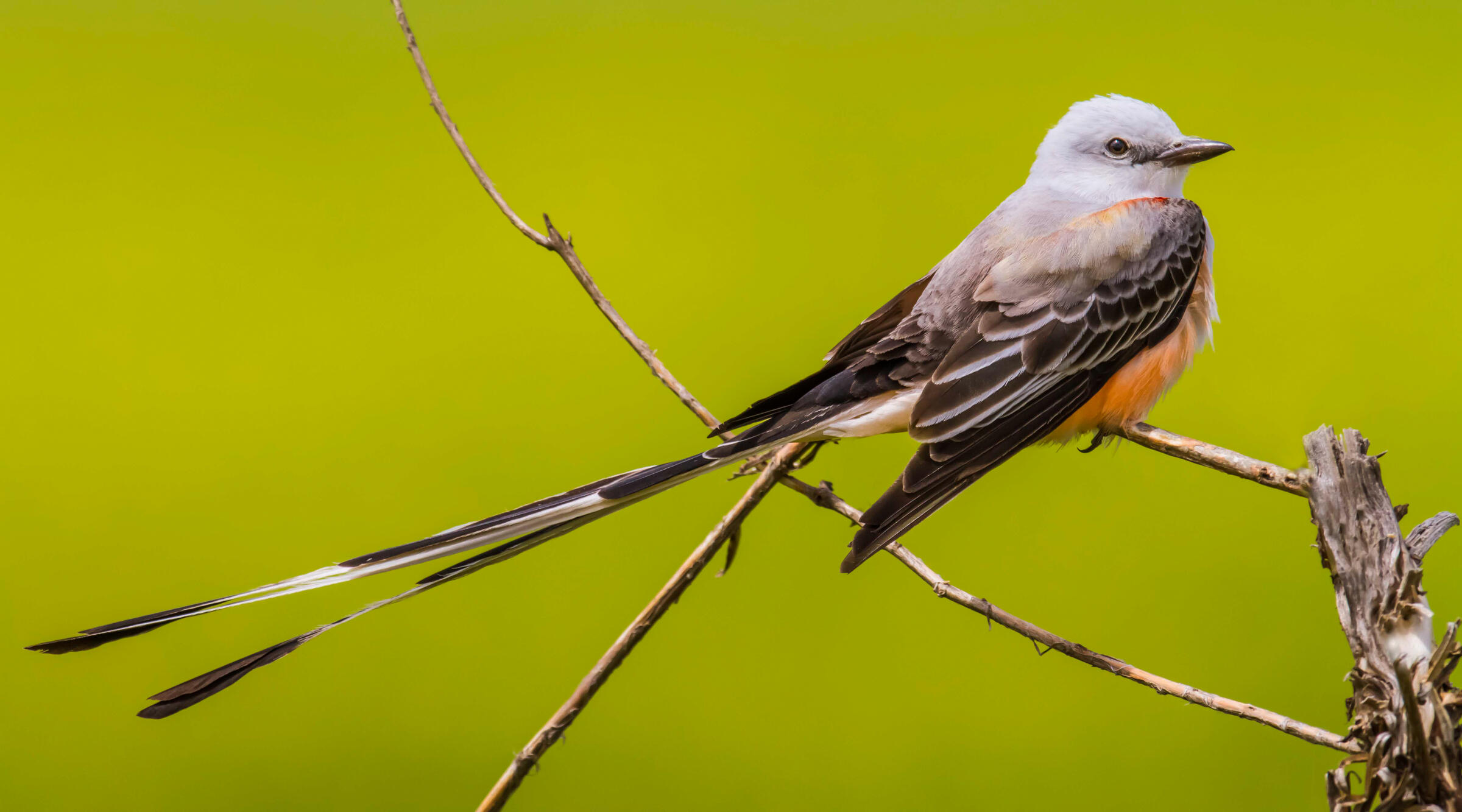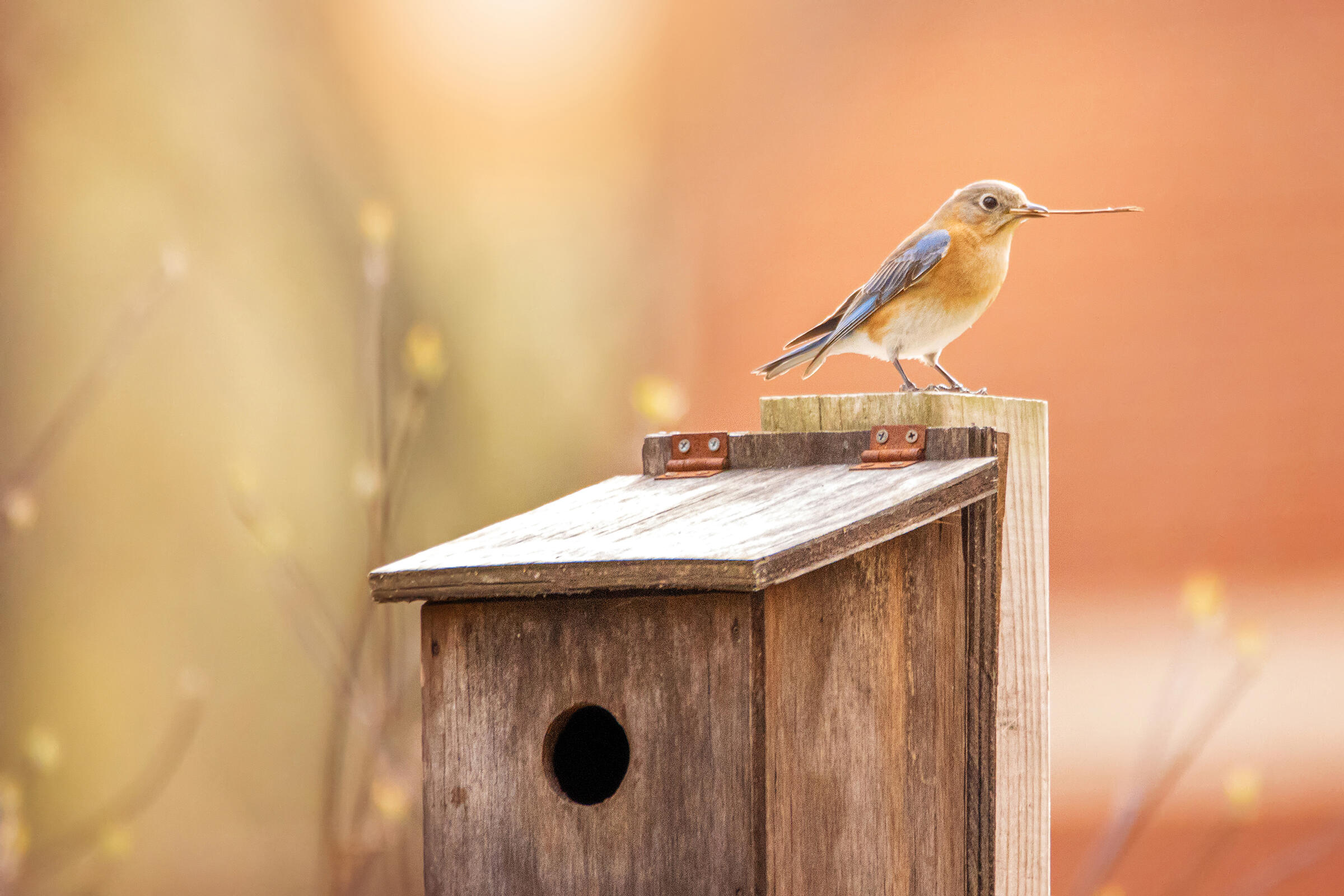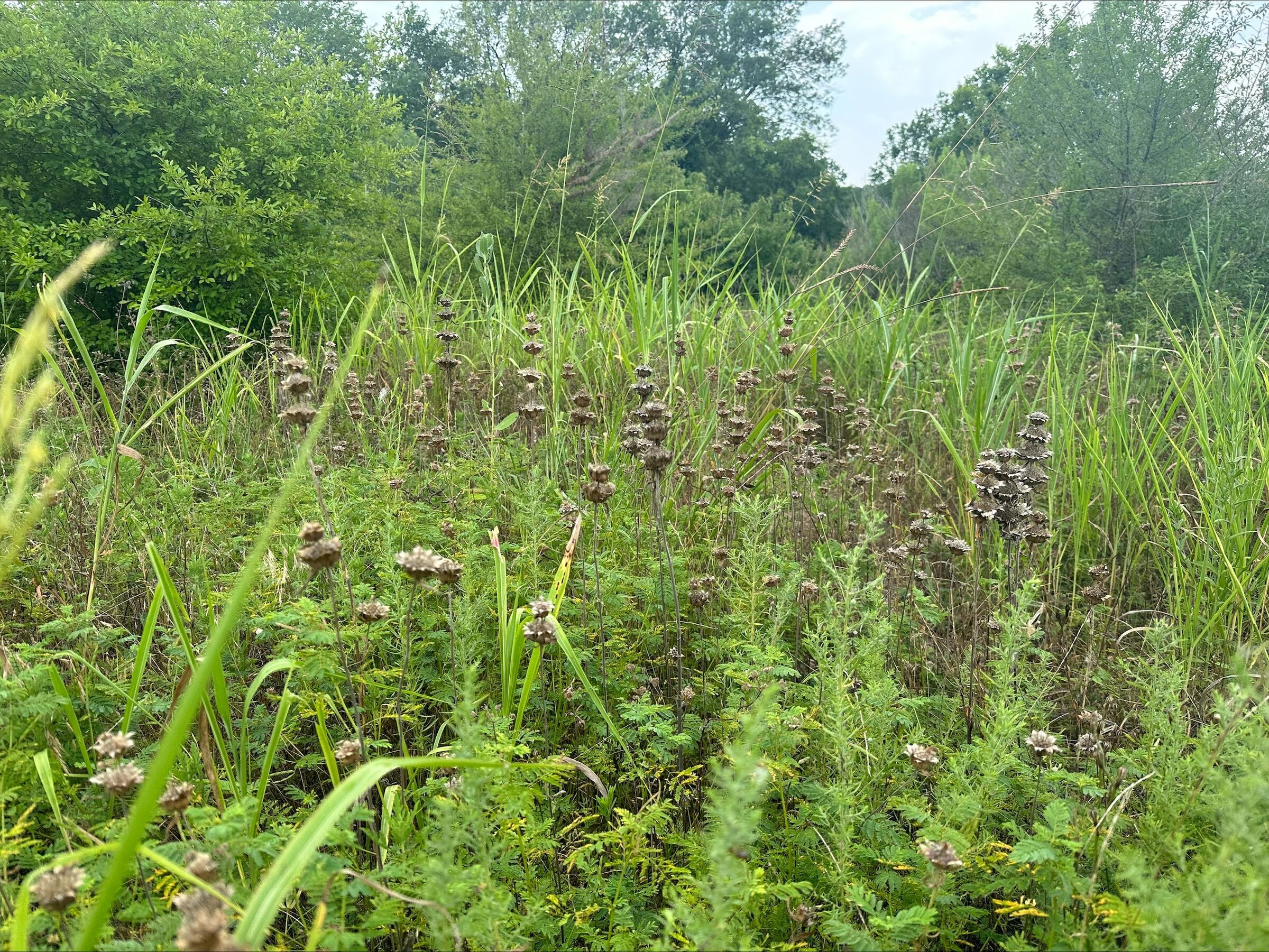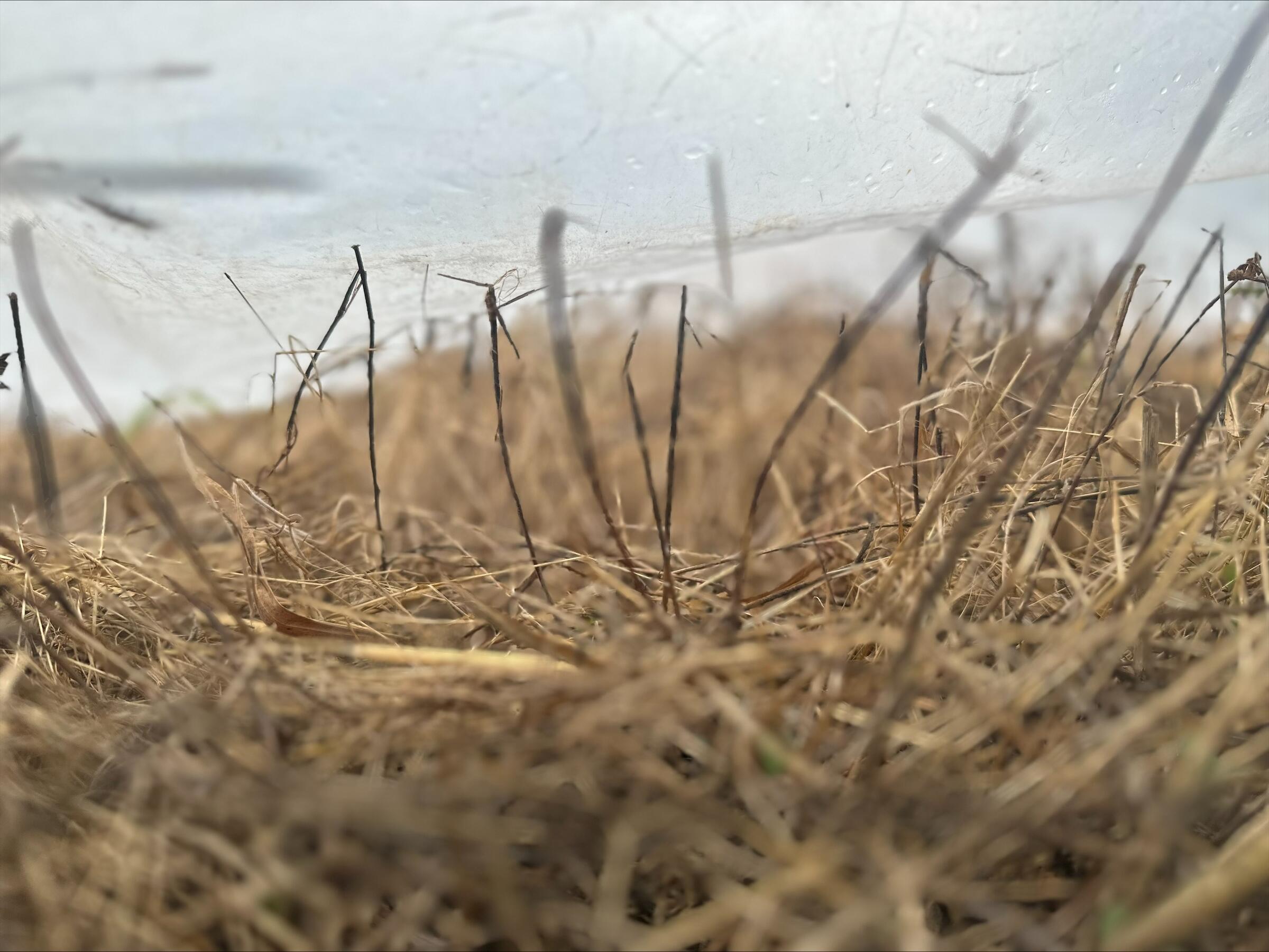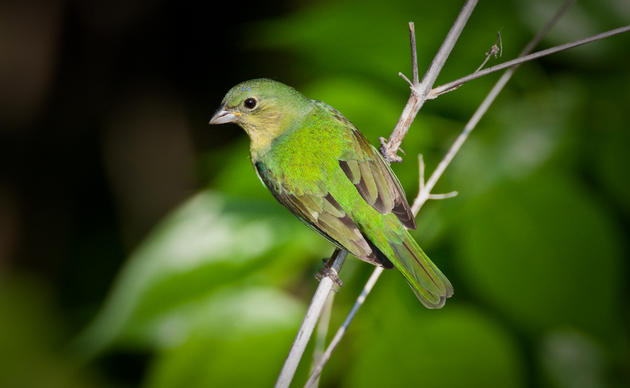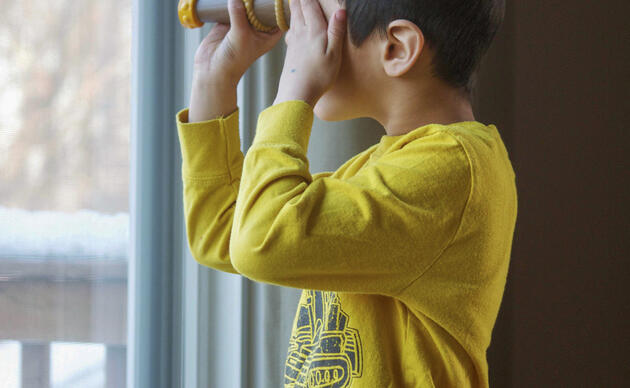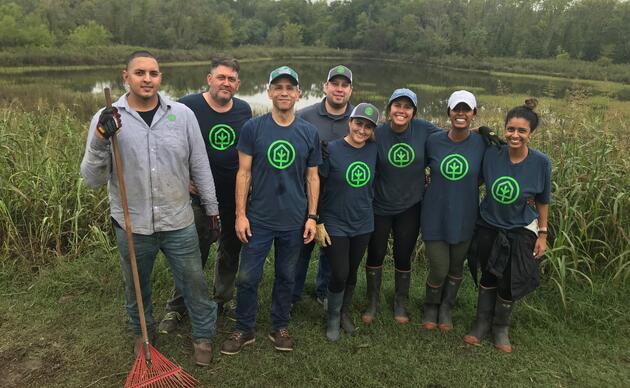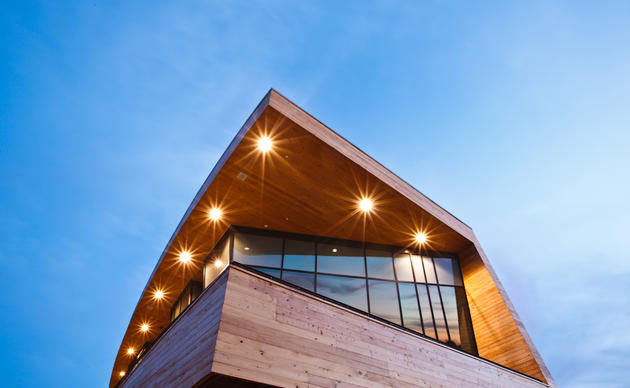The Trinity River Audubon Center itself is working to restore the Blackland prairie. If you are creating your own pocket prairie in an urban area (which we strongly encourage you to do in the fall or spring), you are creating habitat for the Western and Eastern Kingbirds, Eastern Bluebirds and Scissortail Flycatchers.
In addition to having your own prairie, I encourage you to think about introducing a nest box (this could attract Eastern Bluebirds as well). Check out how you could build your own nest box here!
I am by no means a bird expert, but I would like to be one day! In the meantime, if I ever spot a cool bird in my backyard, I use this amazing app called Merlin powered by Cornell! This app allows me to determine what bird I might have heard or spotted using the world’s largest database for bird sightings and sounds. I strongly encourage you to use it to document any bird friends hanging around your backyard!
Now, let's talk about some of the most common birds you are likely to see near your own pocket prairie!
Western and Eastern Kingbirds
Western and Eastern Kingbirds are relatively the same size, but their plumage is very different. Western Kingbirds have a yellow underside with gray head and white chest. Eastern Kingbirds have a white underside, a black head and dark gray feathers.
Both of these birds are small but mighty, especially when it comes to defending their young. They have no problem chasing out bigger birds like hawks and crows.
Listen to the Western Kingbird's “dawn song” here! Notice how different it is to the Eastern Kingbird song.
Eastern Bluebirds
Eastern Bluebirds are also small birds, with the males sporting their bright blue wings and head. They also have a brown neck and chest with a white underside.
These birds are known to practice the saying “work smarter, not harder” because they will often reuse nests that were left behind by other bird species, nest boxes or old woodpecker holes.
So, if you do decide to build a nest box, keep an eye out for the Eastern Bluebirds, because they will likely use it during their nesting season! Check out more facts and their calls here!
Scissor-tailed Flycatcher
Scissor-tailed Flycatchers have earned their name due to their incredibly long, forked tail! Male birds have the longest tails, measuring at about 15 inches. Just like the Western and Eastern Kingbirds, and Eastern Bluebirds, you will likely spot the Scissor-tailed Flycatcher perched on wires and fences. Other than their recognizable long tails, they can also be identified by their salmon-colored feathers under their wings.
Find out more interesting facts about the Scissor-Tailed Flycatcher here!
Cruz’s Corner Update
As the Texas summer heat has increased, I have noticed some changes in my Dig N’ Switch plot. The beautiful Lemon Beebalm has come and gone, leaving behind a trace of what once was. Some other plants have also said goodbye for the season, but not to worry, because they will come back better than ever next spring! Luckily, I was able to remove most of the Hairy Vetchling before its seed pods opened, and the Common Hedge Parsley before its white flowers became obnoxious seeds that stick to your clothes.
I have also witnessed the bloom (and boom) of another one of my enemies: Johnson Grass. This is the next plant I will begin to tackle before it spreads horizontally. If you were unaware, when the root isn’t completely removed, the Johnson Grass will come back up.
Solarization Update
It has officially been a month since the solarization tarp was laid down, and the vegetation underneath has begun to crisp up! Ideally, this process would take place in fall or spring, however, we have high hopes that the scorching heat of the summer sun will increase temperatures high enough to kill the roots of the vegetation underneath!
Important Note
If you are making your own pocket prairie, I encourage you to plant wildflowers in the fall, as some of them require cold stratification to break their dormancy period. Fall is also a perfect time to plant native grasses, but this can also be done in the spring! Planting in the summer is less ideal, but not impossible. Just remember to water your plants every day and you will be one step closer to having a “mini prairie” of your own!
How you can help, right now
Volunteer With Us
Give back, use your skills, and learn more about the wild side of Dallas by volunteering with us.
Support Our Center
Conservation and outdoor education along the Great Trinity Forest and the Trinity River.

